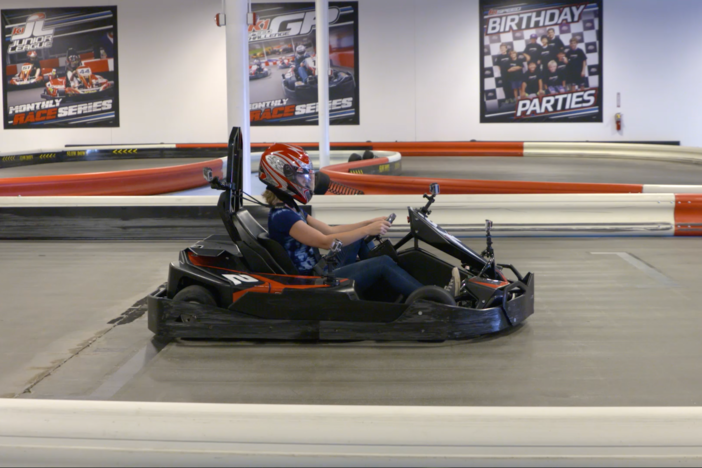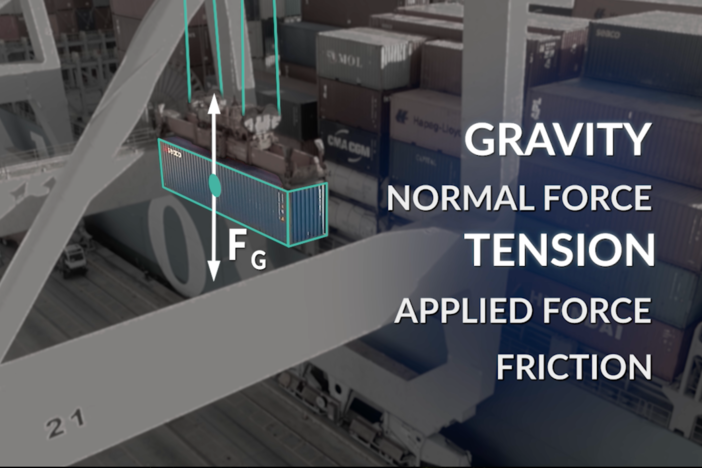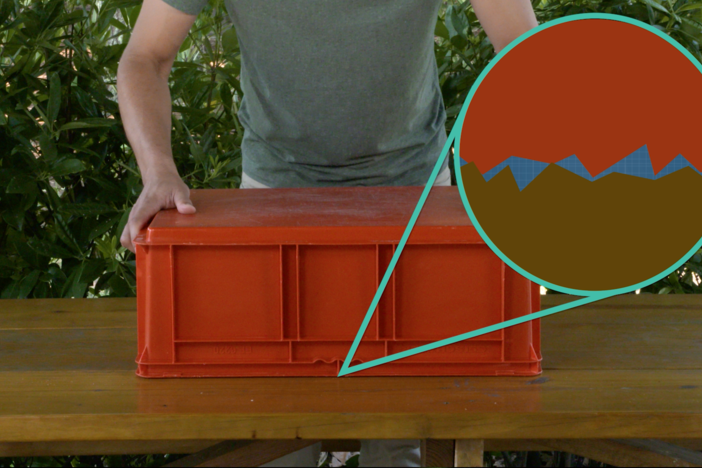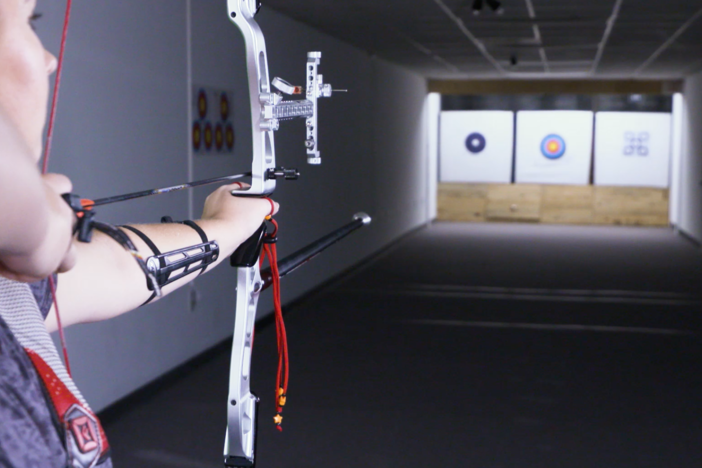Segment D: Newton’s Second Law Part 2
We continue to investigate Newton's second law and explore the force of friction in greater detail. We also look at the forces acting on an object in both the horizontal and vertical directions.
Segment D: Newton’s Second Law Part 2
We continue to investigate Newton's second law and explore the force of friction in greater detail. We also look at the forces acting on an object in both the horizontal and vertical directions.
Science
Obtain, evaluate, and communicate information about how forces affect the motion of objects.
Construct an explanation based on evidence using Newton's Laws of how forces affect the acceleration of a body.
- Explain and predict the motion of a body in absence of a force and when forces are applied using Newton's 1st Law (principle of inertia).
- Calculate the acceleration for an object using Newton's 2nd Law, including situations where multiple forces act together.
- Identify the pair of equal and opposite forces between two interacting bodies and relate their magnitudes and directions using Newton's 3rd Law.
Develop and use a model of a Free Body Diagram to represent the forces acting on an object (both equilibrium and non-equilibrium).
Use mathematical representations to calculate magnitudes and vector components for typical forces including gravitational force, normal force, friction forces, tension forces, and spring forces.
Obtain, evaluate, and communicate information to explain the relationships among force, mass, and motion.
Construct an explanation based on experimental evidence to support the claims presented in Newton's three laws of motion.
Obtain, evaluate, and communicate information about cause and effect relationships between force, mass, and the motion of objects.
Construct an explanation using Newton's Laws of Motion to describe the effects of balanced and unbalanced forces on the motion of an object.
Construct an argument from evidence to support the claim that the amount of force needed to accelerate an object is proportional to its mass (inertia).
-Explore how we can use Newton’s second law to determine the net force and/or the acceleration of an object.
-Define spring force, friction, applied force, and air resistance.
-Apply knowledge learned about spring force, friction, applied force and air resistance to an example problem.
-Compare and contrast kinetic friction and static friction.
-Understand what different values mean for a pair of object’s coefficient of friction.
-Explore what types of forces are present in everyday life and how they affect an object’s motion.
coefficient of friction (μ) - a ratio of the amount of resistance between two objects.
friction - the resistive force between an two objects.
static friction (FS) - Friction that occurs when two objects are at rest relative to each other.
kinetic friction (FK) - the slowing force between two objects moving past each other; one object, or both, can be moving.
net force - the sum of all of the forces acting on an object.
newton (N) - a derived unit of measurement for force; one newton is equal to one kilogram times meters divided by seconds squared (kgm/s2).
Newton’s 2nd Law of Motion - an object accelerates in the direction of the net force acting on it.
normal force (FN) - the support force exerted upon an object by a surface; it is always perpendicular to the surface.
weight (w) - the force due to gravity acting on an object; equal to the mass of an object multiplied by the acceleration due to gravity on Earth.
The Physics in Motion teacher toolkit provides instructions and answer keys for study questions, practice problems, labs for all seven units of study. GPB offers the teacher toolkit at no cost to Georgia educators.To order your teacher toolkit, complete and submit this form to request the teacher toolkit. You only need to submit this form one time to get materials for all seven units.







